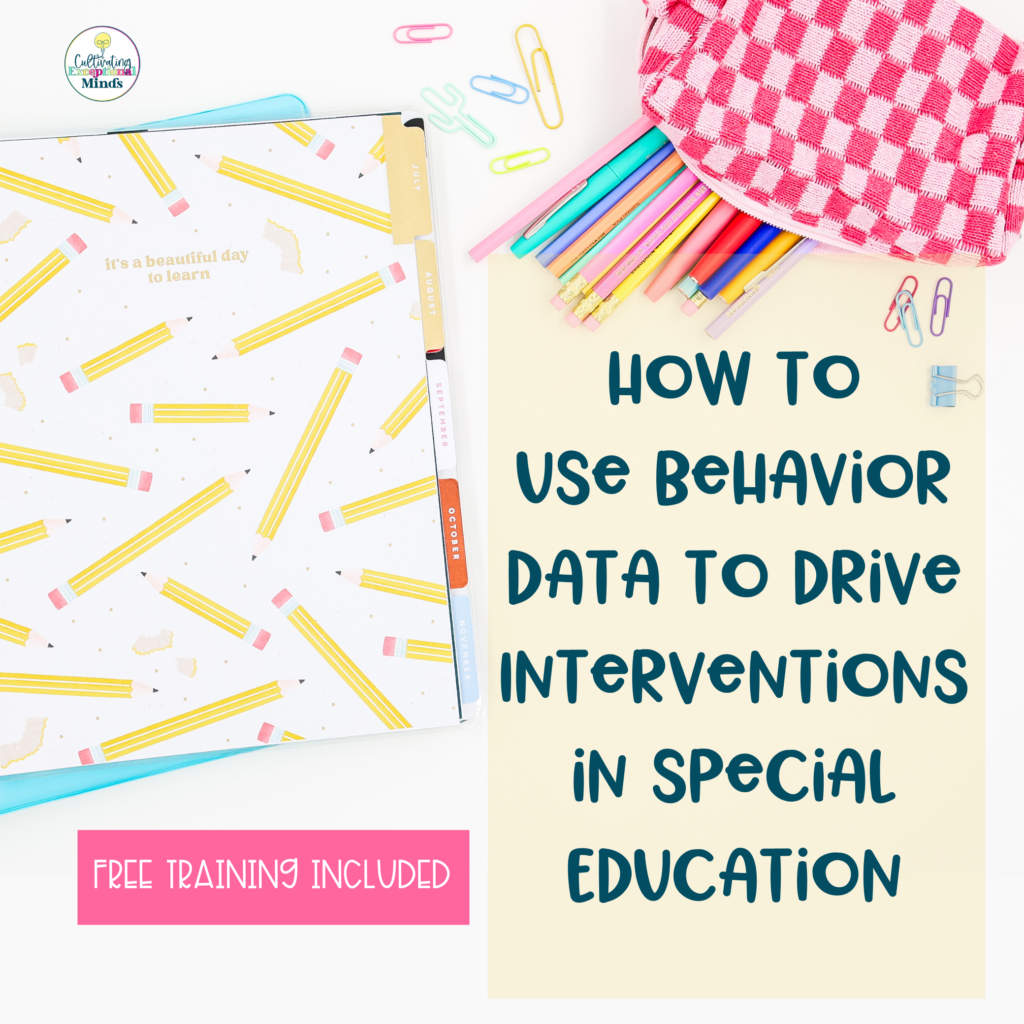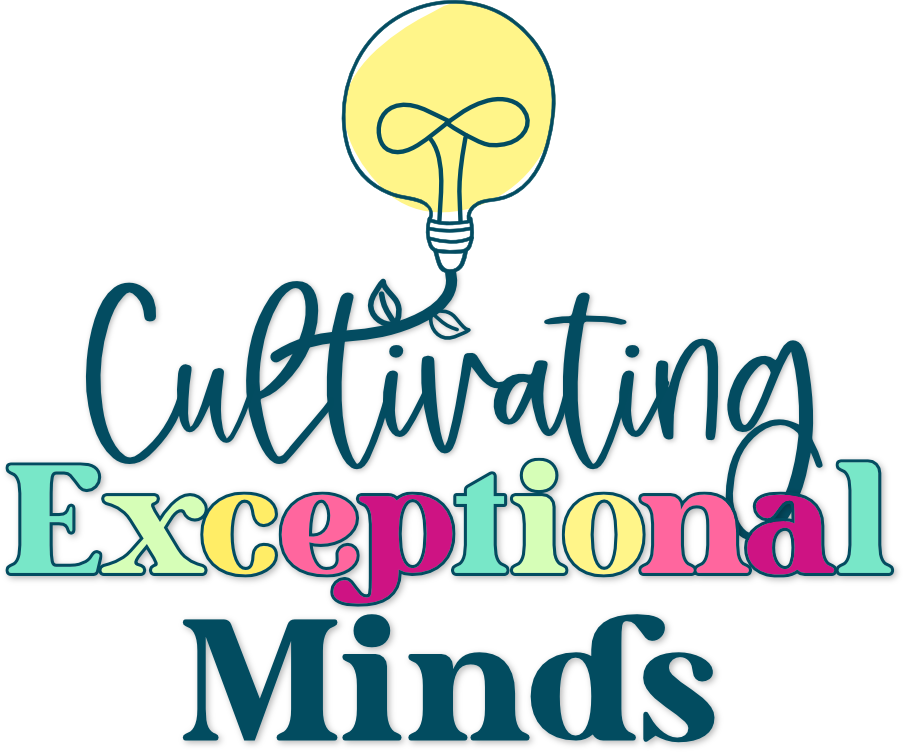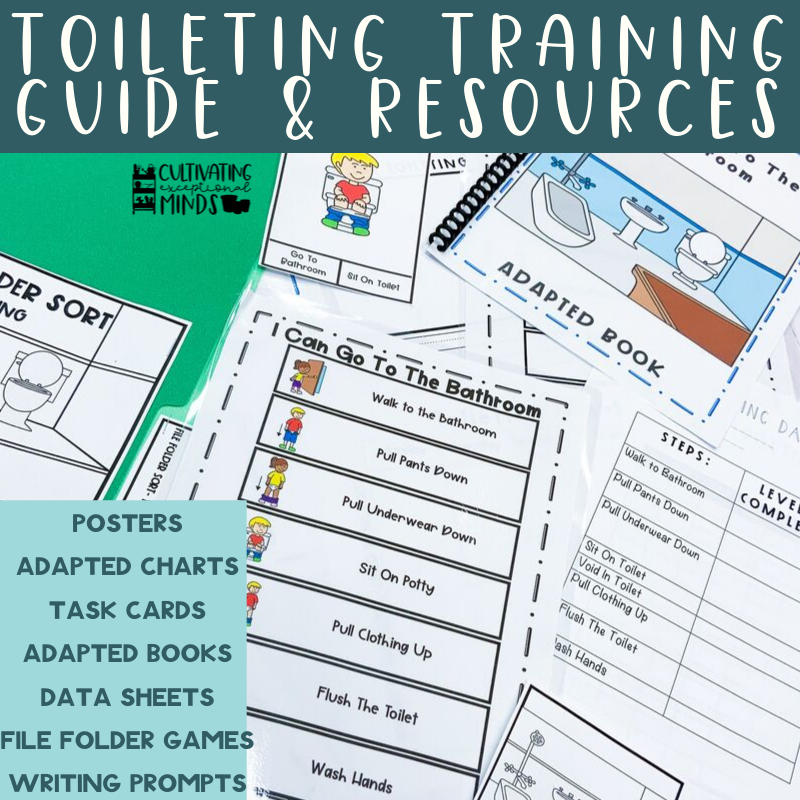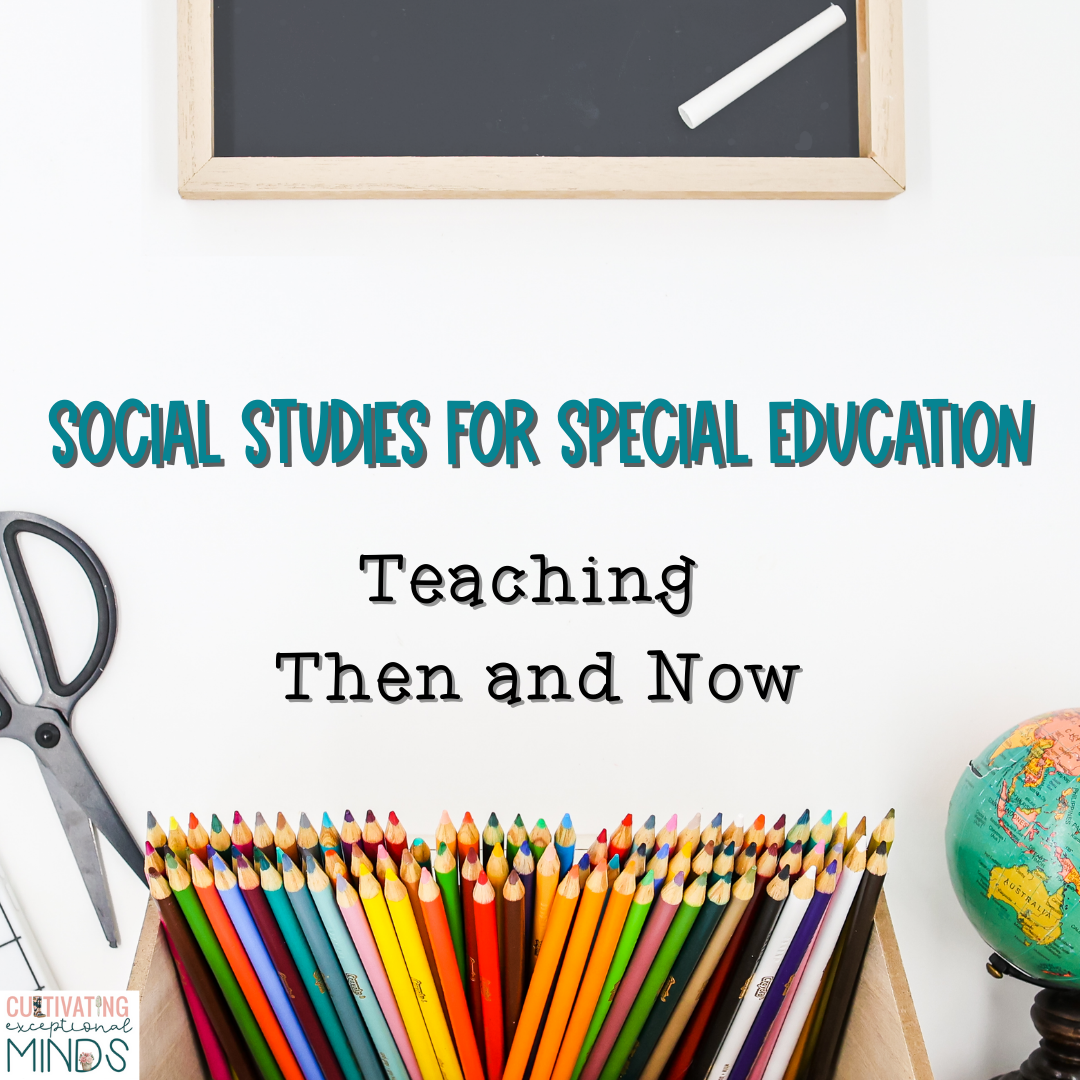In the world of special education, How visual supports can improve behavior management in special education classrooms can be one of the toughest aspects of teaching. As educators, we strive to create environments that promote learning while also addressing challenging behaviors. One highly effective strategy is the use of visual supports. Visuals not only help reduce misunderstandings but also give students the tools they need to navigate daily routines and expectations with more ease.
In this blog post, we’ll explore how visual supports can enhance How visual supports can improve behavior management in special education classrooms. In addition, whether you’re working with students who struggle with transitions, need reminders for daily routines, or need help understanding social cues, visual supports can be the key to creating a more organized, predictable, and successful learning environment.

Why Visual Supports Matter in Special Education
Visual supports are an essential tool in special education classrooms because they provide clear, consistent cues that students can easily reference. For many students, particularly those with autism or communication difficulties, visuals help bridge the gap between verbal instructions and comprehension. They also support various learning styles and make abstract concepts more concrete.
Moreover, by using visuals to structure the environment, you can:
- Reduce anxiety: Clear visuals can help students anticipate what comes next, which can decrease anxiety and frustration.
- Promote independence: Students can follow visual cues to complete tasks, reducing the need for constant verbal prompts.
- Increase engagement: Engaging visuals capture students’ attention and help them stay on track with activities.
- Enhance communication: Visuals help students understand and remember expectations, instructions, and routines.
1. Visual Schedules for Daily Routines
Firstly, one of the most effective visual supports for behavior management is a visual schedule. Students who struggle with transitions or are unsure of what to expect next can benefit greatly from having a visual schedule in place. A schedule provides structure and predictability, which can reduce anxiety and challenging behaviors that arise from confusion or uncertainty.
In addition to make the most of visual schedules, consider the following:
- Use clear, simple images: Choose images or icons that represent the task, such as a picture of a pencil for “writing time” or a picture of a chair for “circle time.” These should be easy for students to understand and recognize.
- Incorporate students’ preferences: Include images of activities students enjoy to keep them engaged.
- Be consistent: Keep the schedule consistent each day to provide students with a sense of routine. If changes are necessary, prepare students by showing them the new schedule in advance.
- Digital Options: Use digital tools like Google Slides or PowerPoint to create interactive schedules, or try apps that provide customizable visual schedules.
2. Token Boards for Reinforcement
Then another highly effective visual support for managing behaviors is a token board. Token boards are used as part of a positive reinforcement system, where students earn tokens (or stickers, stars, etc.) for displaying desired behaviors. Once they collect a set number of tokens, they can exchange them for a reward.
Why token boards are effective:
- They provide visual tracking: Students can see their progress and are motivated to keep going.
- They are customizable: Tailor the token board to match the specific behaviors you want to reinforce.
- They are positive: Token boards focus on rewarding positive behaviors, rather than punishing negative ones, which builds students’ confidence and encourages them to keep improving.
Create a token board with clear, simple pictures that represent both the behavior and the reward. Make sure the rewards are meaningful to the student, whether that’s extra playtime, a favorite activity, or a small treat.
3. Visual Social Stories
Next, visual social stories are a powerful way to teach students about expected social behaviors. Social stories provide clear explanations of social situations and guide students on how to respond appropriately. These stories often include visuals, making them more engaging and easier to follow.
How to implement visual social stories:
- Create stories for common social scenarios: Examples include sharing with peers, raising a hand to speak, or waiting for a turn. Include both images and text to illustrate what’s happening in each scenario.
- Keep it simple: Use simple, clear language and images that reflect real-life situations.
- Incorporate the student’s name: Personalize the social story by including the student’s name and specific scenarios they may encounter.
- Use them consistently: Review social stories regularly, especially before transitions or events that may trigger anxiety or challenging behaviors.
Using Visual Supports with Other Strategies
Finally, while visual supports are incredibly effective on their own, they work best when used in combination with other strategies, such as clear expectations, routines, and positive reinforcement. Here’s how you can integrate visuals into your behavior management plan:
- Use visuals to reinforce expectations: Post classroom rules and expectations with pictures of what appropriate behavior looks like. Reinforce these with visual reminders throughout the day.
- Incorporate visuals into daily tasks: Provide visual step-by-step instructions for tasks such as washing hands, completing a worksheet, or transitioning between activities.
- Use visuals for emotional regulation: Use visuals such as “calm-down” cards or feelings charts to help students identify and manage their emotions.
Free Resource: Download Our Visual Supports Checklist
Ready to start using visuals in your classroom? Download our SEL training to make sure you’re incorporating the most effective visuals for behavior management.
Conclusion
Incorporating visual supports into your behavior management strategy can significantly improve your students’ ability to follow
routines,
understand expectations,
and regulate their behavior.
By providing clear, consistent cues, you can reduce anxiety, increase engagement, and build independence in your students.
Consistency is key
Start by implementing visual schedules, token boards, and social stories, and watch your classroom dynamic improve. As always, consistency is key—be sure to integrate visuals into your daily routine for the best results.
Find more ideas here:
Ready to dive deeper into using visual supports in your classroom?
Download our SEL training now today and explore how these tools can transform your classroom management strategy. Moreover, don’t forget to check out our Winter Bundle for even more visual supports and activities tailored to your special education students!
Lastly, don’t forget to tune into the Be The Exception in Special Education Podcast for more helpful tips and strategies!










